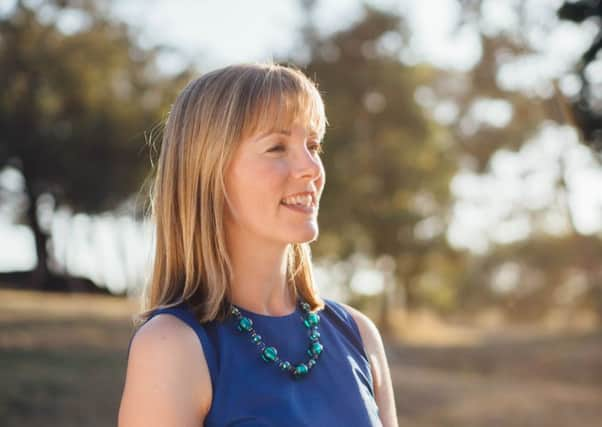Forget haiku - Cairngorm Mountains inspire new type of poem


The rules, she explains, are deliberately simple and the idea is that “everybody and anybody” can have a go at writing one. Rule One: a Cairngorms Lyric must have 15 words – not syllables, as it’s easier for kids to count words. Why 15? “The 15 comes from when the park was established in 2003. There are five local authorities, five of Scotland’s ten highest mountains, and five of Scotland’s most iconic rivers flow out of it – so three times five is 15.”
“The second rule is that it has to include an element of nature in the park,” she continues, “and the third is that it needs to include one word of non-English origin, so Gaelic, Scots, Pictish... those languages are all there in the local place names and even if you use the word “loch” you have one. But the one word can be in any language, and we’re encouraging people to write the whole poem in their own language if they want to, partly just to push back against the dominance of English and partly to celebrate the linguistic heritage of the area and also the contemporary linguistic diversity.”
Advertisement
Hide AdGlover, who lives in Kincraig, took up her writer in residence post at the start of the year, and in the last few months she has held writing workshops for adults and schoolchildren all over the Cairngorms National Park, from Aviemore to Tomintoul, under the banner Shared Stories: A Year in the Cairngorms. Her residency is co-funded by the Woodland Trust, the Cairngorms National Park Authority and Creative Scotland, and it allows her to spend 70 days doing education and outreach work and a further 30 days working on her own writing. One of the park’s priorities, she says, is strengthening people’s relationship with the natural environment, so, wherever possible, she’s been holding workshops in the open air, in Abernethy Forest, for example, or on the banks of the River Spey.
Of course, trying to quantify the outcomes of projects like this is a more-or-less impossible task: “After attending this workshop, would you say you felt your relationship with the natural environment is a) stronger, b) weaker or c) about the same?” However, anecdotally at least, the workshops certainly seem to be popular, with some people even travelling from outside the park in order to attend.
My favourite story, however – and a great advertisement for the power of the Cairngorms Lyric as a literary leveller – involves a workshop Glover ran in a primary school.